Aircraft quality nuts, bolts, washers and other hardware are the right things to use if they hold the things together that keep you in the air. Non-aviation fasteners are fine for trim and other interior items. In fact, they sometimes represent the best solution to such needs. That said, airplanes have unique requirements related to repeated stresses and vibration that demand special hardware. Items that keep your airplane in one piece should not be bought at the hardware store for a number of reasons.
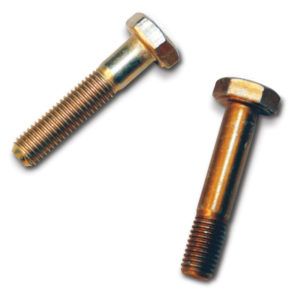
First, most aircraft designs are based on using aviation hardware. By using AN (Air Force-Navy), MS (Military Standard) and NAS (National Aerospace Standards) nuts and bolts, you can be sure that you are providing the strength and fatigue resistance that the designer expected. Just as you wouldn’t use 6061-T6 aluminum for a part that was designed to be made of 2024-T3—you wouldn’t, would you?—you shouldn’t substitute commercial hardware from your favorite home center for the specified aviation hardware in your kit.
Second, aviation nuts and bolts have much better fatigue strength compared to commercial hardware, even Grade 8, mainly because their threads are formed differently. Little things that you can’t see make a big difference here. Aviation bolts have threads with a larger radius at the bottom of the threads. In addition, they typically have a much longer unthreaded portion of the shank, which gives them a much better bearing surface to deal with shear loads. The thread differences in particular make a big difference in the ability of the bolts to handle fatigue.
Third, while on the subject of threads, the threads on aviation hardware are made to a Class 3 fit rather than the Class 2 fit of commercial hardware. This classification of fit does a better job of transferring loads from nut to bolt and thus a better job of holding important airplane parts together. This superior load-holding power is not reflected in tensile or shear strength charts, but it is important. Along that same line, the dimensional tolerances of aviation bolts are tighter, meaning that you are less likely to get a too-tight or a sloppy fit.
Fourth, the cadmium plating on aviation hardware gives these items better corrosion protection than the zinc plating typically found on commercial hardware. Better corrosion resistance means longer life in many cases and a safer bolted connection.
Aviation hardware benefits from better inspection and record keeping. This ensures that quality standards have been met for every batch of nuts or bolts that an aviation vendor orders. All of this does cost extra, but the peace of mind that comes from consistent, verifiable quality ought to be worth something. You can spend less and probably get by much of the time, but it is similar to the case of buying an inexpensive motorcycle helmet. As long as you don’t crash, it doesn’t matter if you are wearing a cheap helmet—but every now and then it really matters.
Bolts
A good way to tell a Grade 8 bolt from an AN bolt is to look at the length of the threads. The threaded portion of an AN bolt is typically much shorter and the markings on the head are different. For a good description of aircraft bolt markings, please see Chapter 7 of Advisory Circular AC 43.13-1B, a book that every amateur airplane builder should have in his or her library.
There are some specialty bolts that you may come across for special applications. Eye bolts sized from AN42 (3/16 inch) to AN46 (3/8 inch) can come in handy for creating tie-down points. AN173, AN174 and similar bolts are available with actual diameters that produce a close-tolerance or zero-clearance fit. NAS bolts have extra strength. If your aircraft design calls for one of these special bolts, do not be tempted to substitute a regular bolt in its place.
Bolts need to be replaced when their plating has worn off, when it becomes at all difficult to thread on a nut or when there is any damage to the unthreaded area, called the “grip” area. Another good rule of thumb is to replace a bolt with a shorter one if you need more than 1/8 inch of washers anywhere on the bolt to make it work.
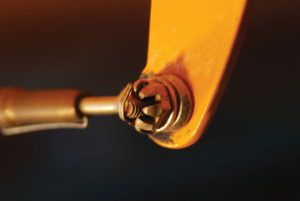
AN bolts come in length increments of 1/8 inch. These bolts start with a grip length of 1/16 inch (AN3-3A for example) and with each increase in number grow 1/8 inch longer. Thus, an AN4-11A bolt is 1/8 inch longer than an AN4-10A bolt. Two standard AN960 washers equal the same 1/8 inch. This 1/8-inch length increment is why we have the rule about not using more than three washers on a bolted connection. If you need more washers you are better served by getting a shorter bolt.
Nuts
Nuts and bolts work together as a team to take on many different tasks, but these different tasks often require different kinds of nuts. The basic aircraft nut is the AN365 stop nut. It features a nylon insert that keeps it from loosening after installation and is readily available in sizes ranging from #4 to 3/4 inch, (with designations AN365-440 and AN365-1216A respectively) to match standard AN bolts.
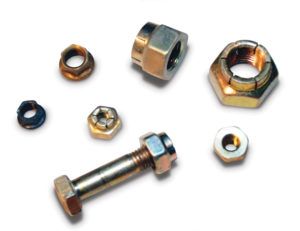
designations of AN363 and MS21042, should be used anyplace where there is a potential for the temperature to exceed 250° F. Think of exhaust systems or other firewall-forward applications.
Look-alikes are often available at your favorite hardware store, but they are not the same. A thin version for use where the bolt is in shear carries the designation AN364. They should not be used where there is any load that tends to pull the bolt along its length.
In areas where temperatures are high, such as firewall-forward installations, it is better to use an all-metal AN363 stop nut. As an alternative you can also use the less common MS21042 nut. These nuts are smaller but are the same strength as the AN363 nuts.
The question often arises: Do I need to adjust the torque to compensate for the nylon insert drag? The answer is yes. The torque used to overcome the drag of the locking insert does nothing to tighten the nut you are using. Here are some drag numbers derived from testing a number of new stop nuts.
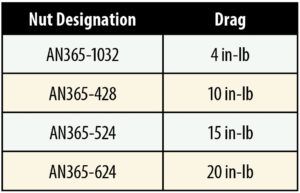
Another common question: When should I replace a stop nut? Some mechanics say if you can turn a stop nut by hand it is time to replace it. While it is certainly true that you should replace any stop nut that can be turned by hand, it is also true that the locking insert needs to apply a lot more drag than that, especially for larger nuts. Most people cannot exert more than about 5 inch-pounds of torque with their bare hand. The real rule is that you should replace a stop nut whenever there is a reduction in the drag or locking power of the nut.
Unfortunately, there is a reduction in drag every time you reuse a stop nut. The practical answer is that you should not reuse stop nuts for critical installations and should replace other stop nuts whenever there is a noticeable reduction in drag as you tighten the nut. The bottom line is that nuts are cheap but the trouble they can cause if they fail may be quite costly.
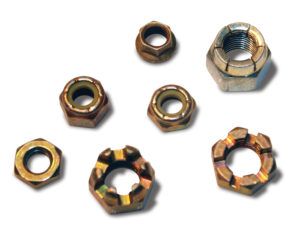
Castle nuts work best on bolts where there is possible rotation, such as on control linkages. The standard castle nut is the AN310, but a thin shear-only version called AN320 is also available. Castle nuts obviously require cotter pins to work properly. When tightening castle nuts always start by applying the minimum torque and then tighten to line up the cotter-pin hole with the slots in the nut. Don’t back up to align the slots with the cotter-pin hole.
Cotter pins are usually installed with the legs of the cotter pin perpendicular to the axis of clevis pins but parallel to the axis of bolts. The legs of the cotter pin should extend to at least the centerline of the clevis pin as they wrap around the end. In a nut-and-bolt installation, the top leg of the cotter pin should wrap over the end of the bolt to at least the centerline of the bolt and the bottom leg should be cut off just short of flush with the bottom surface of the castle nut. Cotter pins should in all cases be regarded as non-reusable.
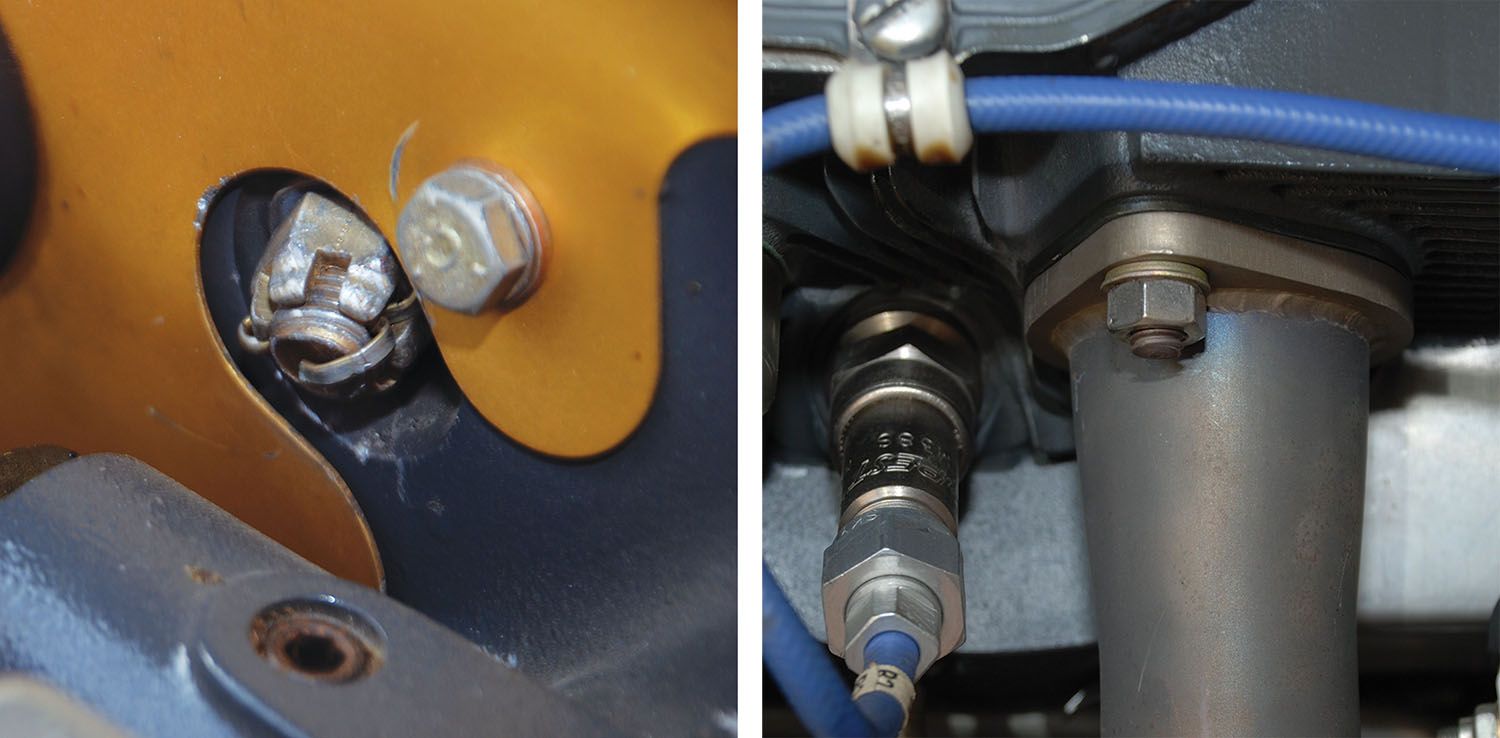
Another handy nut is the AN315 check nut or jam nut, which also comes in a thin version, designated AN316. These nuts work by jamming together with another nut or threaded clevis when you tighten them against each other. Jam nuts also work well to remove threaded studs. Jam nuts on control rods such as those popular in RV airplanes should be tightened and then marked with torque seal to show that they have been tightened. The wrath of Vic Syracuse will be brought down upon anyone who fails to properly tighten jam nuts.
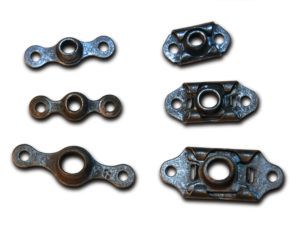
In areas where access to the nut is restricted or merely inconvenient, an anchor nut or nut plate can solve the problem. These come in a variety of shapes and sizes, some of the more common ones being the K1000 fixed anchor nut and the F500 floating anchor nut. They are typically riveted into place with 3/32-inch flush rivets. All anchor nuts should be replaced as soon as their locking action is compromised. They do not have an infinite life if used over and over again. If a nut plate is installed in a place where it will become inaccessible it is vitally important to test it with the proper bolt before closing things up.
All nuts should have a minimum of one complete thread exposed beyond the end of the nut, but no more than four threads exposed. With too many threads showing it is likely that the nut is bottoming out on the end of the threads rather than the item being held together by the nut and bolt.
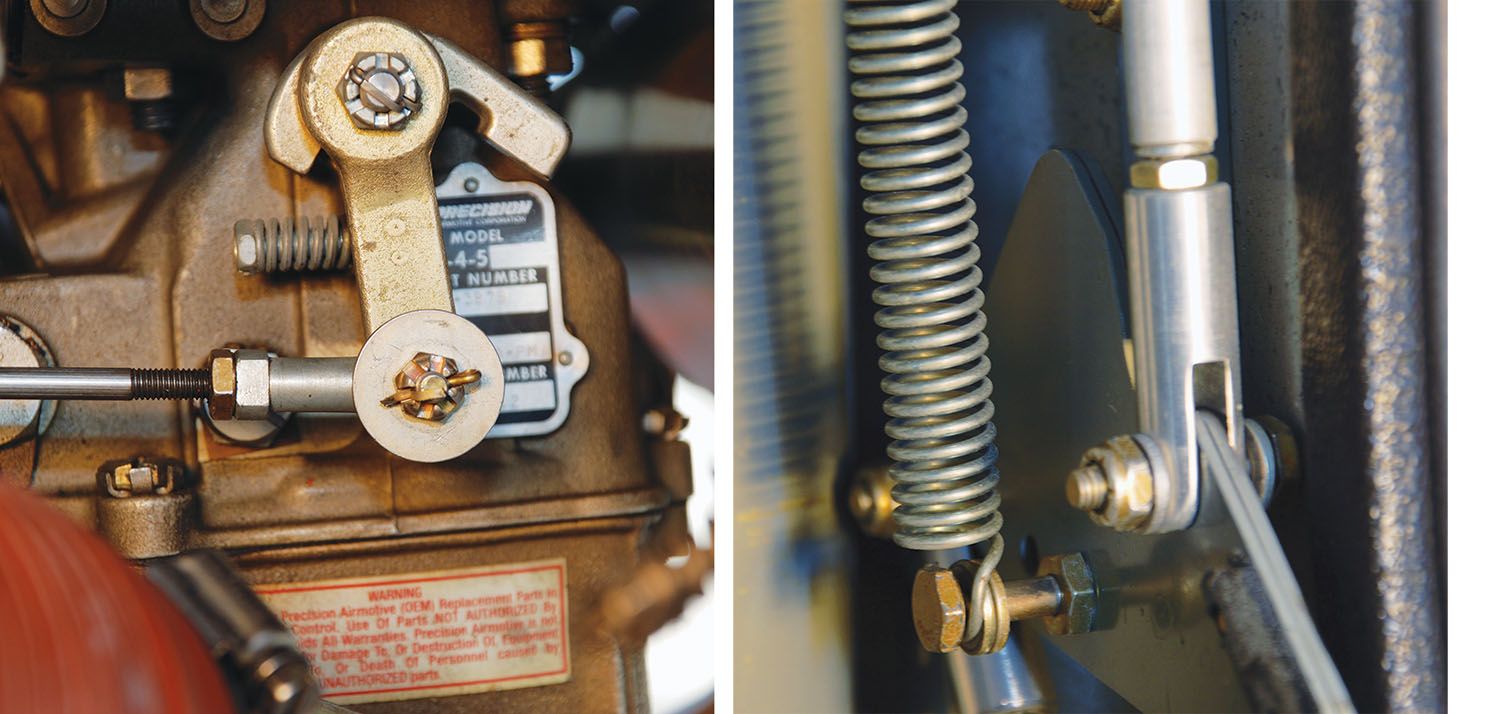
Talking Torque
For a bolt to produce the holding force for which it was designed it must be properly tightened. There are more precise ways than torque to determine a bolt’s tightness, but torque is still the universal standard used by aviation mechanics. AC43.13-1B and other aviation mechanic handbooks list torque values for fine and course thread nuts and bolts. Use these values unless the manufacturer of the item in question specifies something else.
Please note that engine and propeller manufacturers will always have recommended torque for nuts and bolts used to assemble and install their products. Be sure to consult them for the proper torque values and do not rely on generic tables.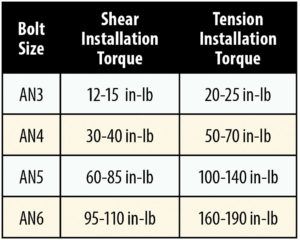
Another important point regarding torque numbers is that generic tables provide torque values for clean, dry (no oil or anti-seize compound) nuts and bolts. Lubricants and anti-seize compounds will alter the tightness of nuts and bolts tightened to any particular torque value. Engine and propeller bolt torque will be based on assembly as per the manufacturer’s recommendations, which may or may not be with dry threads. You must look to the manufacturer’s literature to determine whether or not a particular bolt torque is based on assembly with a lubricant or anti-seize—or dry.
One last point on torque. You will notice on the generic torque tables that there are two values listed for each bolt diameter and thread combination—one for shear and one for tension. The shear value assumes the use of a shear (thin) nut such as an AN364 and that the bolt has a load that is perpendicular to its length, in other words, the load is trying to shear the bolt in two. This will be a lower value than the tension value because the thin shear nut has less ability to hold a load. The tension values will be based on using AN365 or other similar tension or standard nuts. In addition to the shear and tension values there will be separate tables for values for fine and coarse threads. Standard AN bolts have fine threads, thus the fine thread values should be used. Be sure to use the correct torque for the nut and bolt you are tightening.
Damaged Threads
You should always be able to start the threads of a nut or bolt by hand. If you cannot, you need to find out why. Undamaged threads should easily engage and begin to turn until they hit the stop portion of the nut. The best solution to hard-starting nuts and bolts is usually to simply replace them, but there are times when this could be extremely difficult or expensive. For these instances, it is important not to grab a simple machinist’s tap or die and recut the threads. There are taps and dies made just for restoring threads that are designed not to remove material but to merely straighten it. These are often called rethreading or thread chasing taps and dies. A serious mechanic should invest in a set of these tools for the more common aircraft sizes.
Even when using the proper thread restoration tools, care should be taken when working on nut plates or anchor nuts. You must never cut into the anchor part of the threads. This will destroy the locking feature and make the part worthless.






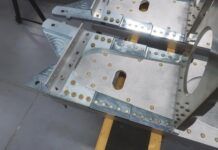



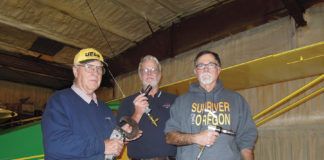
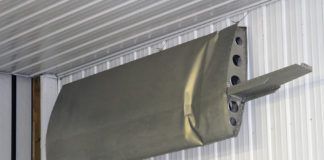

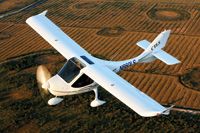
Is it possible to cool AN bolts with nitrogen to get interferens fit, or is there problems that structure of material is chaged. Related to bolts on Sling main beam connection.
I think it would be safe to place the bolts in a freezer at -5 to -20 degrees F, but I would be careful with liquid nitrogen.
Hi Dave,
Not to pick at nits, but AN stands for Army-Navy (the standard was designated during WWII before the USAF existed), and MS stands for MilSpec, or Military Specification which became the standard once ALL the uniformed services started flying aircraft. All AN hardware should, if still approved for use, have a direct cross-reference to identical or better MS hardware, and either should be able to be used in the same application. You have National Aviation Standard correct, as that has always been the civil aviation standard for hardware.
The more you know…
BTW – Ron Alexander has it wrong on the EAA Builder Resources page as well.